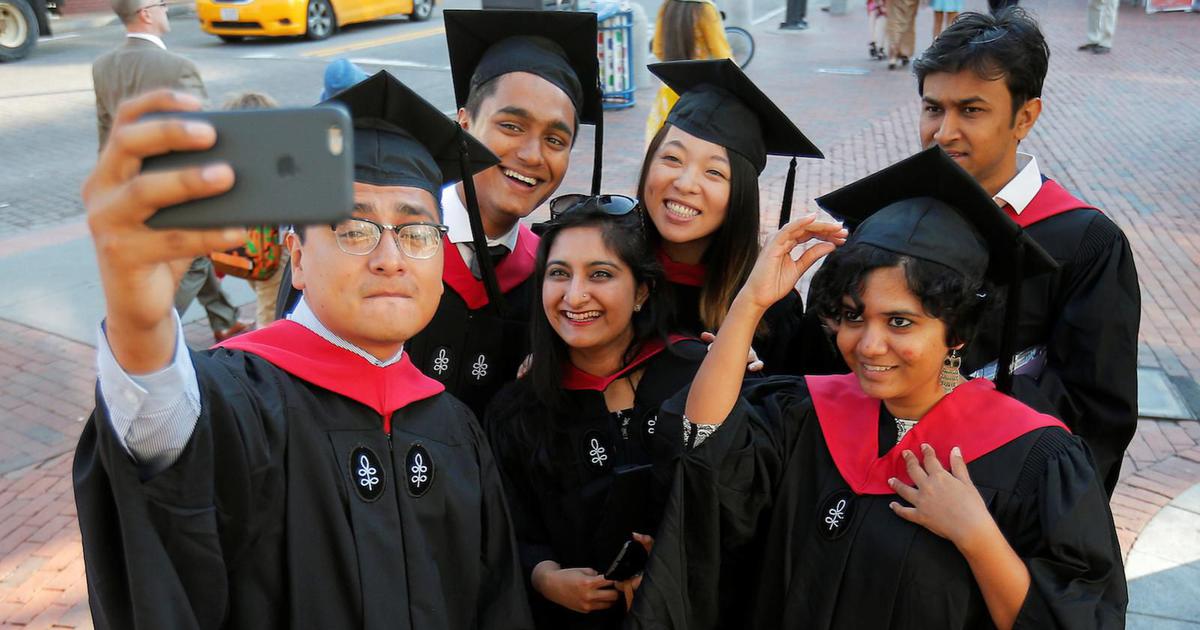Dreams Beyond Borders: The MBBS Dilemma
By: Javid Amin
India is globally renowned for prestigious medical institutions like AIIMS and JIPMER, producing some of the world’s finest doctors. However, despite the allure of these institutions, every year, thousands of Indian students venture abroad to pursue their MBBS dreams due to limited opportunities at home. The story of Sumit, an 18-year-old from Delhi, encapsulates this ongoing dilemma.
The Dreams and the Barriers
Sumit, inspired by a relative in the medical field, aspired to become a doctor. His NEET score of 605, though commendable, fell short of securing a coveted government medical seat in India. Faced with unaffordable private college fees, Sumit looked overseas and secured admission at a reputed foreign university with the help of loans. Tragically, while pursuing his dream, Sumit’s life was cut short in a fatal accident, leaving his family devastated.
A Growing Trend: MBBS Abroad
Sumit’s story is not unique. With over 20 lakh aspirants competing for just about 1 lakh MBBS seats in 2024, only around 50,000 were available in government colleges. Students failing to secure these spots often turn to private institutions, where tuition fees range from ₹50 lakh to ₹1.5 crore. Unable to afford such costs, many opt for countries like Russia, China, Ukraine, and the Philippines, where medical education costs around ₹20-30 lakh, including living expenses.
Foreign universities attract Indian students with affordable tuition, English-medium courses, and modern infrastructure. They also provide a second chance for students with lower NEET scores, fulfilling aspirations otherwise impossible in India.
Challenges Across Borders
While studying abroad offers an alternative, it comes with challenges:
- Language Barriers: Non-English-speaking countries often require students to learn the local language for effective patient interactions during clinical training.
- Accreditation and Licensing: Post-graduation, Indian students must pass the Foreign Medical Graduate Examination (FMGE) to practice in India. The FMGE has a pass rate of just 10-20%, causing professional uncertainty.
- Cultural and Practical Adjustments: Students face cultural shifts, homesickness, and the pressure of adapting to a foreign educational system.
Implications for India’s Healthcare System
The trend of pursuing medical education abroad has far-reaching implications:
- Brain Drain: Many students choose to settle abroad for better career prospects, leading to a loss of skilled professionals in India.
- Healthcare Shortages: The lack of affordable medical education opportunities exacerbates the shortage of doctors, particularly in rural areas.
The Way Forward
To curb this exodus, the Indian government must:
- Expand public medical colleges to increase affordable seats.
- Regulate tuition fees at private medical institutions.
- Provide robust support systems for returning students to integrate seamlessly into the Indian healthcare system.
By addressing systemic barriers, India can create an ecosystem where aspiring doctors fulfill their dreams within the country, minimizing the need to venture abroad.
Key Takeaway
The MBBS dilemma is a reflection of India’s overburdened and underfunded medical education system. Unless significant reforms are made, stories like Sumit’s will continue to highlight the challenges of achieving dreams beyond borders.



